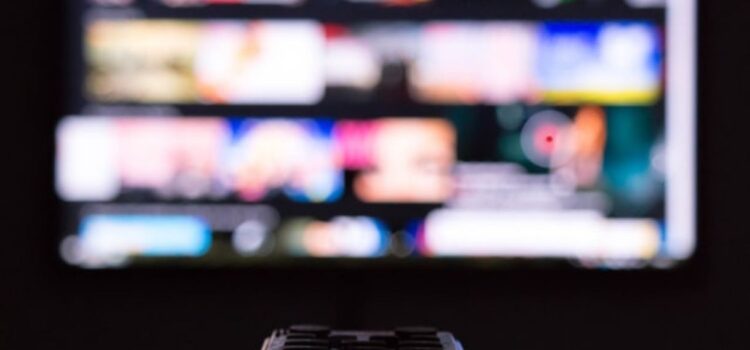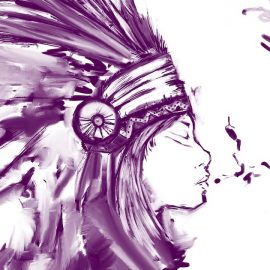

This article is an excerpt from the Shortform book guide to "Caste" by Isabel Wilkerson. Shortform has the world's best summaries and analyses of books you should be reading.
Like this article? Sign up for a free trial here .
How does media racism feed into cultural biases? How do media channels skew our perspective on the lives of the black community?
Media racism is pernicious in its gross misrepresentation of the black community. Specifically, it creates scenarios where white citizens feel justified in monitoring black behavior and policing it if necessary.
Read about the influence of media on racism and cultural bias.
Covert Media Racism Through Perpetuation of Stereotypes
Media racism includes the way in which media outlets perpetuate stereotypes by grossly exaggerating the trials and tribulations of the black community. Today, only one in five black Americans is poor, and black people make up only about 27% of the poor population. In contrast, white Americans account for 66% of the nation’s poor population. However, 59% of the poor people depicted in news stories are black and only 17% are white. The result is a skewed perspective on black poverty.
A 1994 study found that 55% of Americans think that all black people are poor, and the two words are synonymous in many minds. This false representation is perpetuated by media racism and stigmatizes the subordinate caste and promotes other stereotypes regarding crime, which is also depicted disproportionately.
Crimes against white citizens by black citizens account for only 10% of all reported crimes, but the coverage of those types of crimes accounts for 42% of news stories. This inflated representation of black crime alone would be enough to create fear of black people, but the justice system contributes to this perspective, as well. The combined effects of media racism and the justice system cannot be denied.
The Self-Deputizing of the Dominant Caste
The stereotyping of black Americans as poor and criminals through media racism, coupled with white entitlement, creates scenarios in which white citizens feel justified in monitoring black behavior and policing it if necessary. Over the last decade, technological advances have allowed society to witness these incidents for themselves on video.
The videos of these incidents expose the unjustified intrusion of white people into the daily lives of blacks. These are just a few of many examples of this behavior, and often, the self-deputized white person is criticized or fired from their jobs following the release of the video. Yet despite the public outcry against these actions, this behavior continues.
- A white student at Yale University called the police on a black graduate student who’d fallen asleep in the common room of their dormitory while studying. When officers arrived, they followed the black student to her dorm room, and even though she had a key to her room, the police demanded to see identification. They didn’t request identification from the white student.
- A white woman called the Milwaukee police on a black corrections officer who struggled to get into his vehicle after his key fob stopped working properly.
- A white St. Louis woman attempted to block a black marketing consultant from entering his condo building. She demanded to see his identification, and when he refused and pushed past her, she followed him to his condo door. She asked the man over and over again who he was visiting, not believing that he lived in the same building as she did.

———End of Preview———
Like what you just read? Read the rest of the world's best book summary and analysis of Isabel Wilkerson's "Caste" at Shortform .
Here's what you'll find in our full Caste summary :
- How a racial caste system exists in America today
- How caste systems around the world are detrimental to everyone
- How the infrastructure of the racial hierarchy can be traced back hundreds of years






